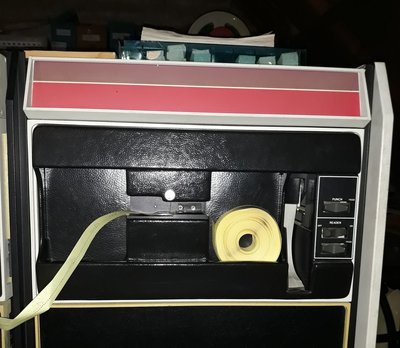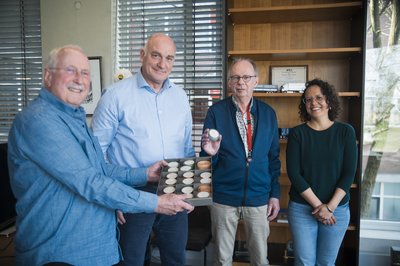Punched tape was a key medium for programming and storing data in the 1950s and 1960s, long before USB sticks or hard drives existed. Today, CWI preserves its own historic tapes from the Mathematisch Centrum (now CWI), including materials used on early Dutch computers such as the Electrologica X1.
The project, led by CWI Fellow and emeritus professor Paul Klint together with Geert Rolf, intern at MC back in 1980/1981, involved reading, decoding, and archiving over 160 tapes. Last winter (2024-2025), the tapes were read on Geert’s PDP-11/10, on a hayloft at his former private computer museum, the ‘Tehuis voor Bejaarde Computers’ (‘Home for Elderly Computers’). The rolled tapes required careful handling, and rolling them back by hand after reading took several minutes each - 160 times over.


